CrustyCruz
Member
Anyone bubble their sip res? Or run nylon wick up through the medium? Or o2 lines?
Anyone bubble their sip res? Or run nylon wick up through the medium? Or o2 lines?
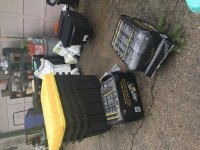
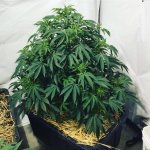

Thoughts on worms in a SIP?
Hi folks what do u think could a ebb and flood system in the water reservoire be a good idea? Makes the setup more complicated but adds the good aeration of the ebb and flow. Think 2-3 cycles a day should be good for pulling enough fresh air in the soil. And u won't need a pump since u just have to lift the water from one container to the other. A simple airlifter for aquarium should do the job.
The idea came from the riverbank thread. Because a system is good doesn't mean it couldn't get better.


Capillary action occurs when intermolecular adhesive forces between a liquid and another substance are stronger than the cohesive forces between liquid molecules. Water is adhesive to the glass capillary tubes due to hydrogen bonding. The adhesion of the water to the glass causes the water to climb up the sides of the tube, forming a concave meniscus.Due to the strong surface tension of water, the entire liquid is carried up the capillary tube. The water rises to higher levels in a smaller tube.
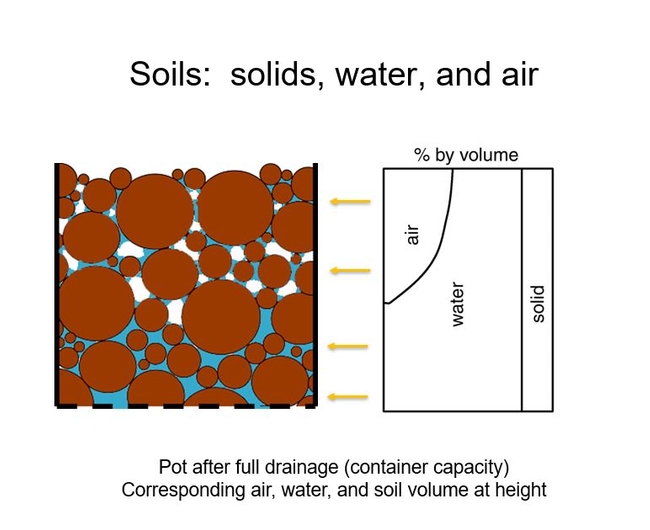
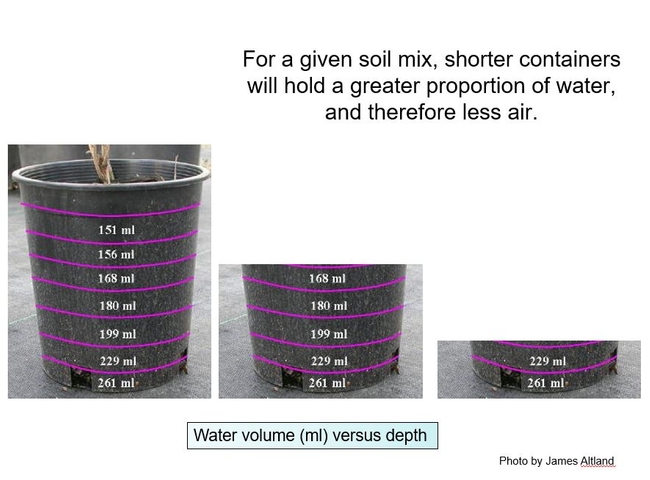
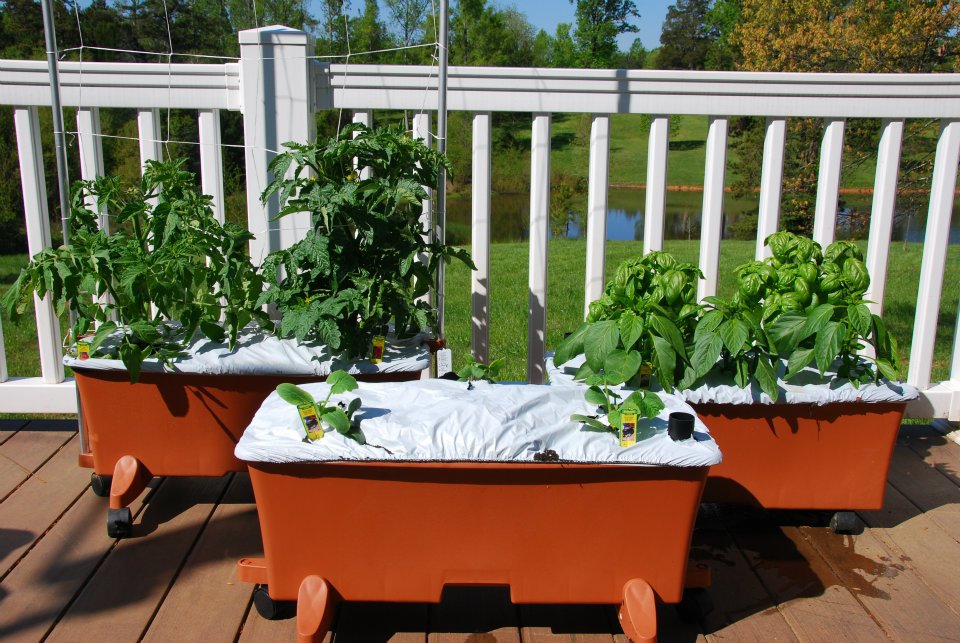

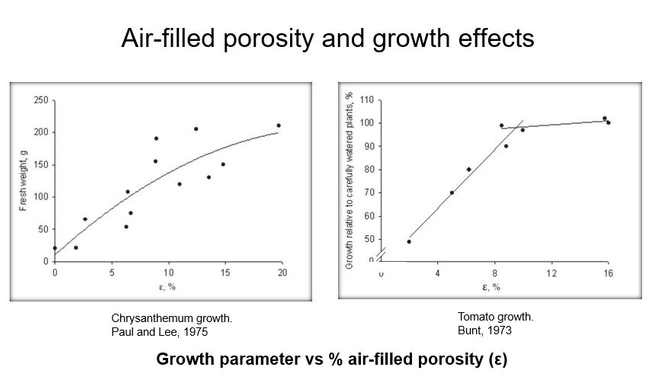



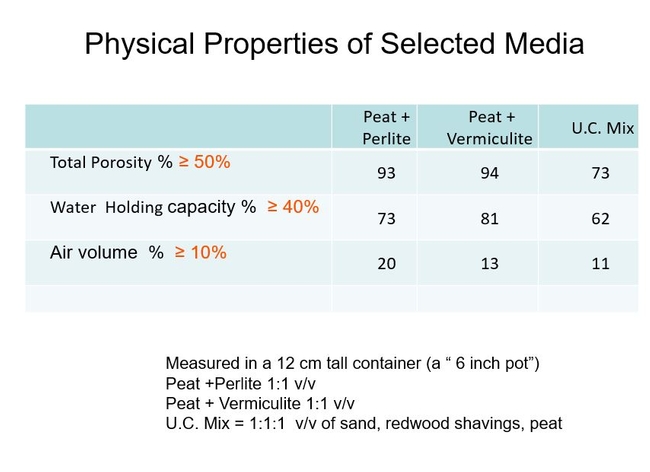
The soil can not get too wet?
Lookin at these i use a grow bed. And saw it online..
Would it not work better sat on a tray like a paddling pool filled with pearlite n me tub ontop?
Seems like the roots can't breathe? New to soil i thaught fabric pots was the goto